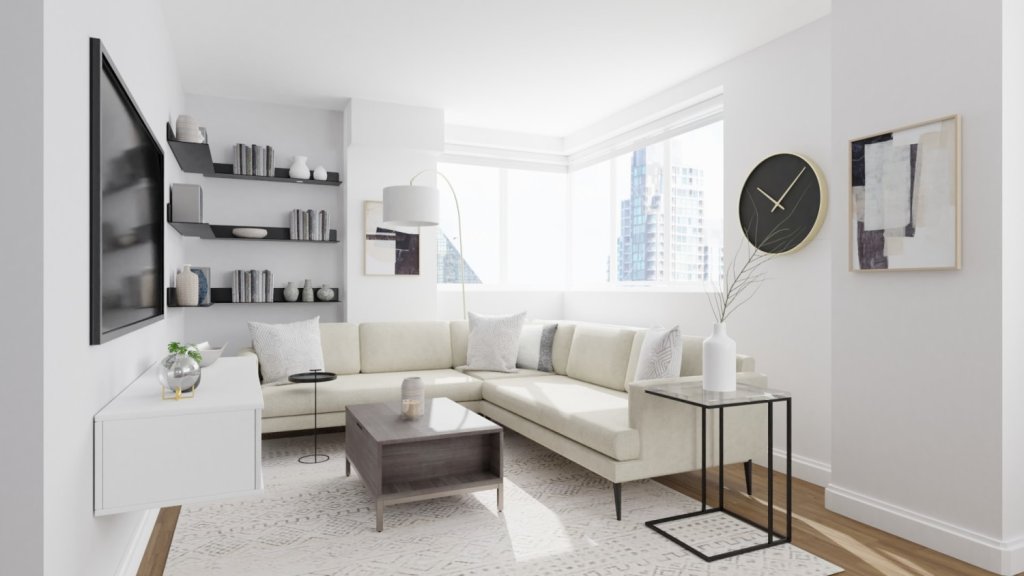In the world of home decor, minimalism has emerged as more than just a design trend; it’s a lifestyle choice that champions simplicity, functionality, and tranquility. This aesthetic, characterized by clean lines, a monochromatic palette, and a decluttered space, aims to create a serene environment that reflects a sense of calm and order.
As we delve into the principles of minimalist design and explore practical tips for incorporating this style into your home, we also consider how every element, including climate control solutions like PTAC units, plays a role in achieving a cohesive minimalist aesthetic.
The Essence of Minimalist Design
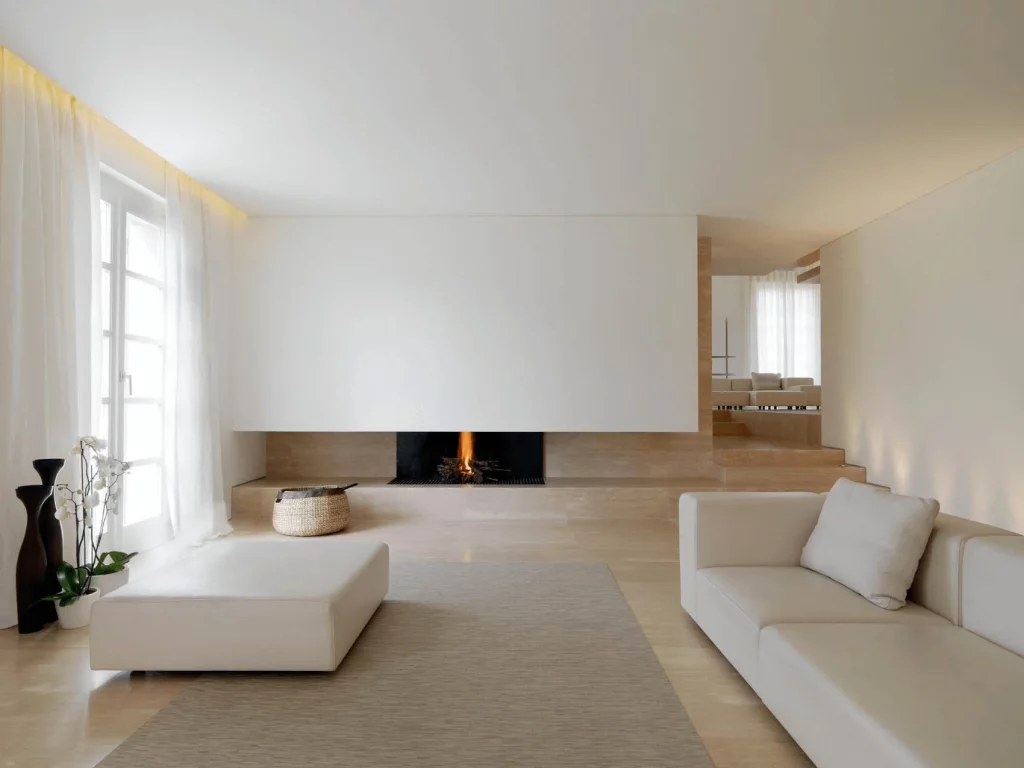
Minimalist home decor is rooted in the idea that less is more. This design philosophy suggests that by stripping away non-essential items and decorations, we can focus on the beauty and functionality of what remains.
Minimalism encourages homeowners to make intentional choices about their space, resulting in an environment that promotes relaxation and mindfulness.
To embrace minimalism, start by evaluating each room in your home. Identify items that serve a purpose or bring joy, and consider removing or storing away those that don’t. The goal is to create a space where every object has meaning or function, reducing visual clutter and enhancing the overall sense of peace in the home.
Color and Texture in Minimalist Decor
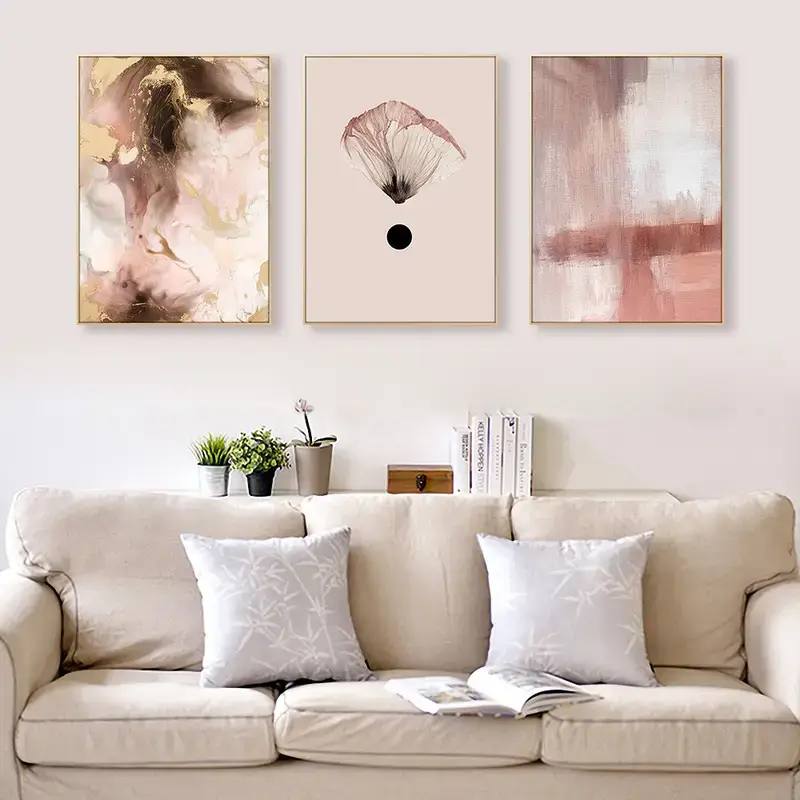
A minimalist palette typically involves neutral tones that evoke a sense of calm and spaciousness. Whites, beiges, and soft grays dominate, creating a light and airy feel. However, minimalism doesn’t mean your space has to lack character.
Introducing texture through fabrics, natural materials, and subtle patterns can add depth and warmth without overwhelming the space. Think linen curtains, wool throws, and wooden furniture with clean lines.
Incorporating greenery is another way to add vibrancy to a minimalist home. A few well-placed indoor plants can bring life and color, enhancing the room’s aesthetic while also improving air quality. Choose low-maintenance plants that complement the minimalist theme, such as succulents or snake plants.
Furniture and Layout Considerations
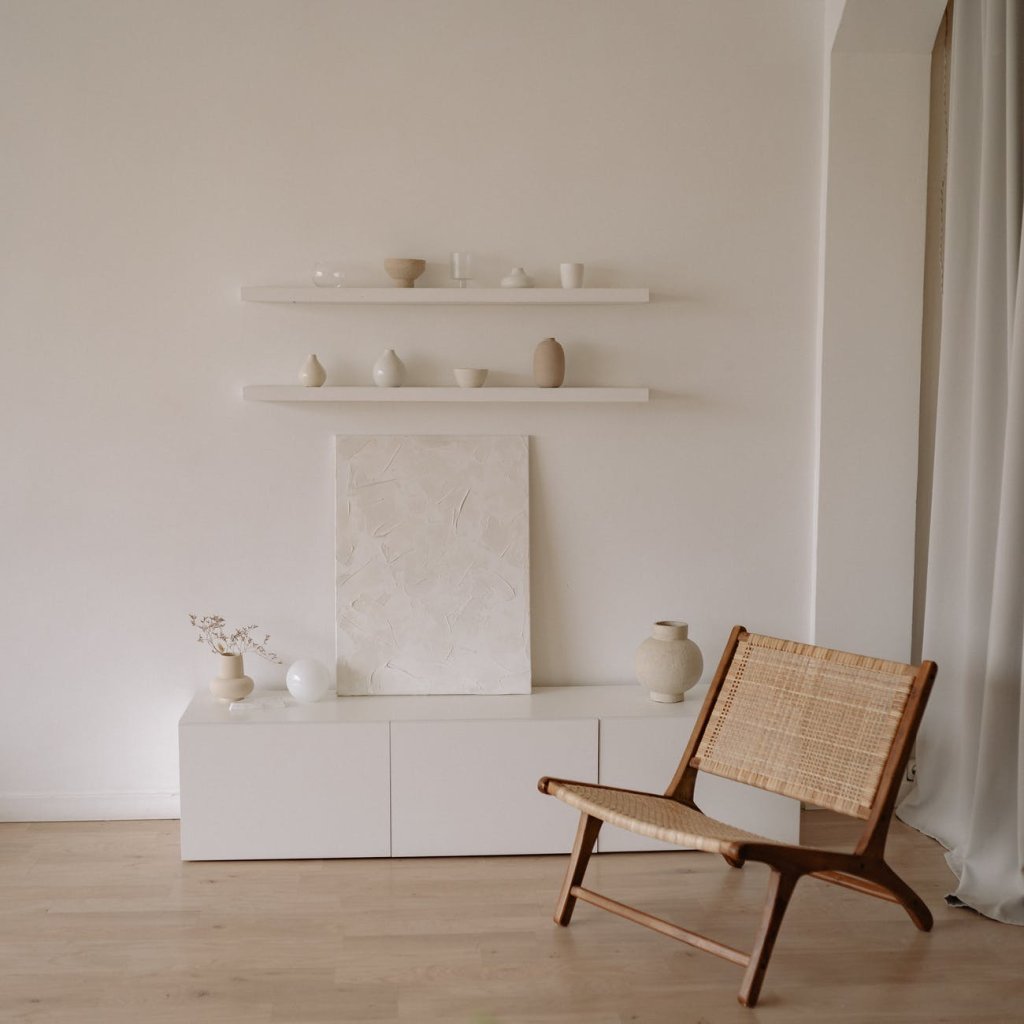
In minimalist design, furniture should be both functional and stylish, with a focus on quality over quantity. Select pieces that offer clean lines and are proportionate to the room’s size. Opt for multifunctional furniture, like a coffee table with storage or a sleek sofa bed, to maximize space and maintain the uncluttered look.
The layout of your furniture plays a crucial role in achieving a minimalist aesthetic. Aim for an open and fluid arrangement that allows for ease of movement. Create clear pathways and consider the flow of natural light when positioning your furniture.
This strategic placement not only enhances the functionality of your space but also contributes to the serene and inviting atmosphere that is central to minimalist decor.
Integrating Modern Amenities
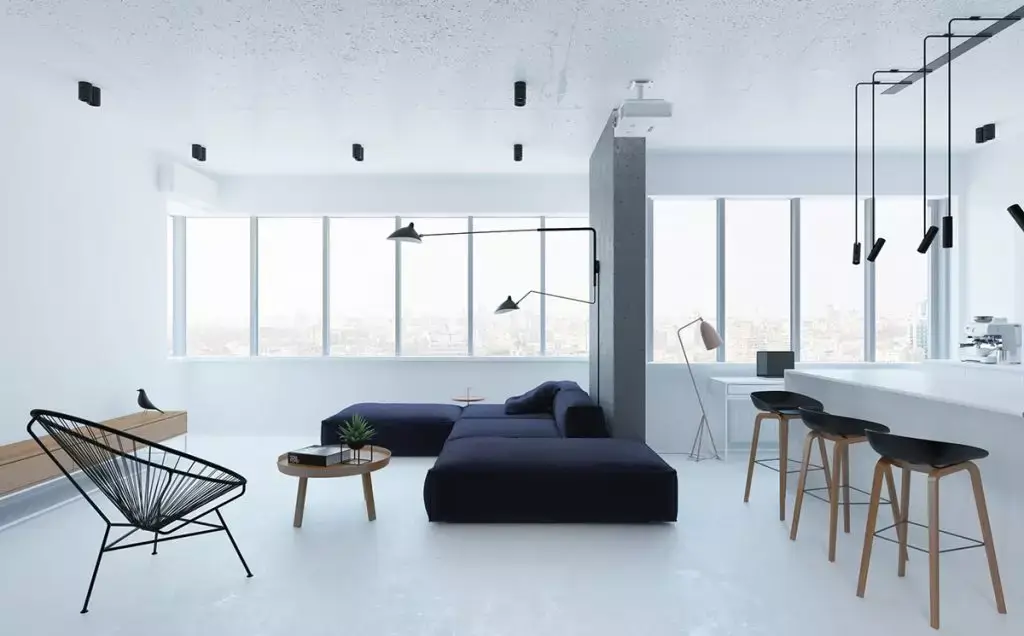
While minimalism favors simplicity, modern amenities that improve the comfort and functionality of your home can still find their place in this design style. The key is to choose solutions that blend seamlessly with the minimalist theme. For instance, sleek, modern appliances in the kitchen can enhance convenience without detracting from the minimalist look.
In terms of climate control, incorporating solutions like a PTAC unit can offer efficient heating and cooling while maintaining the aesthetic integrity of the space. These compact and unobtrusive units can be installed in a way that complements the minimalist design, ensuring your home remains comfortable throughout the year without disrupting the visual harmony of your decor.
Lighting: The Final Touch
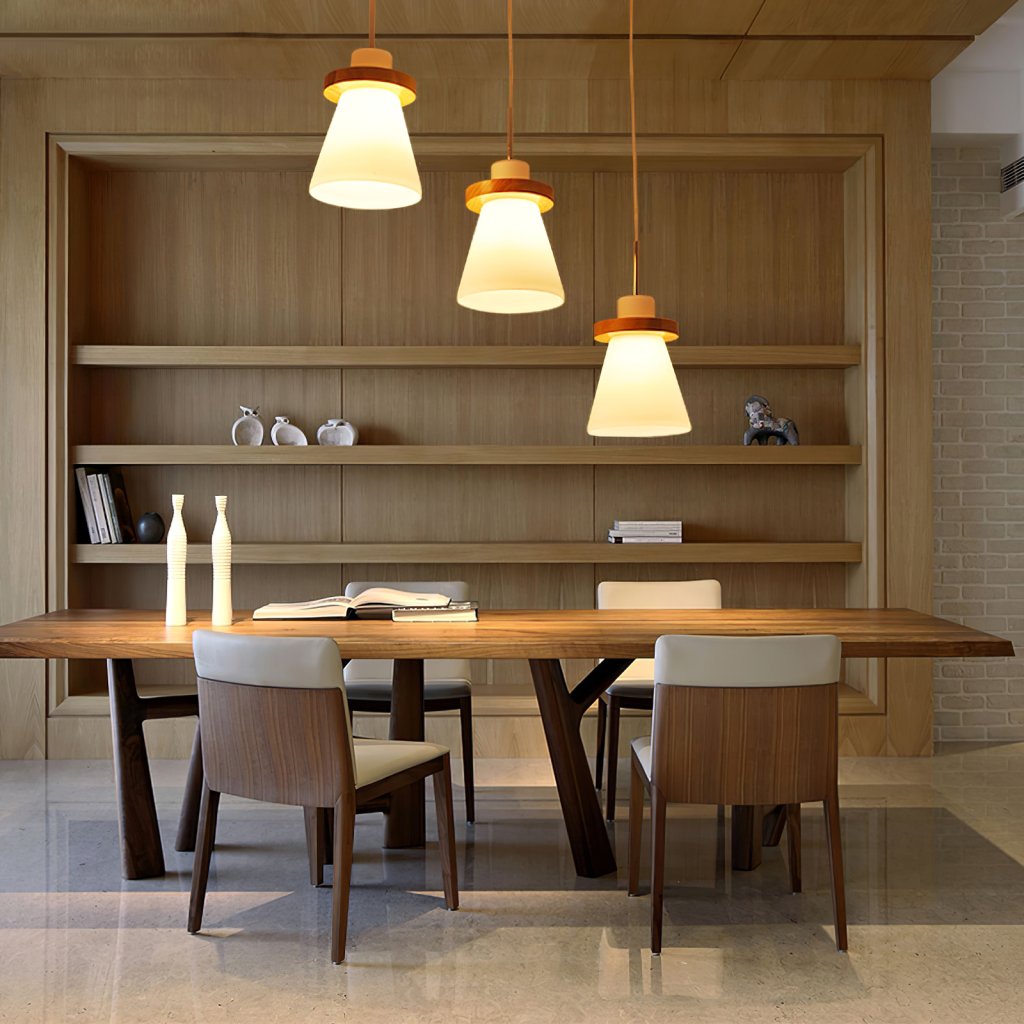
Lighting plays a pivotal role in defining the ambiance of a minimalist home. Natural light is particularly important, as it enhances the sense of openness and space. Use sheer window treatments to maximize daylight, and consider installing skylights or larger windows if possible.
For artificial lighting, choose fixtures with simple designs that provide soft, diffused light. Recessed lighting, track lighting, and sleek, floor lamps are excellent choices for a minimalist space. These lighting solutions offer functionality while preserving the clean lines and uncluttered look characteristic of minimalist decor.
Personalizing Your Minimalist Home
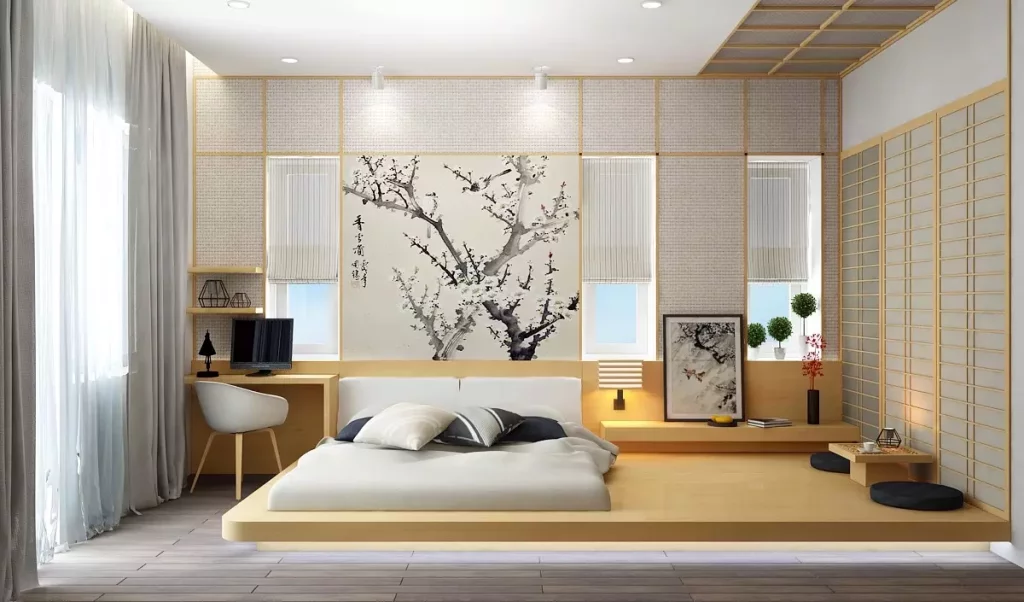
While minimalism emphasizes simplicity, it doesn’t mean your home should feel impersonal or sterile. Personal touches, such as artwork, photographs, or cherished mementos, can add warmth and reflect your personality. The key is moderation; select a few meaningful items to display rather than overwhelming surfaces with decorations.
Embracing Minimalism in Every Room
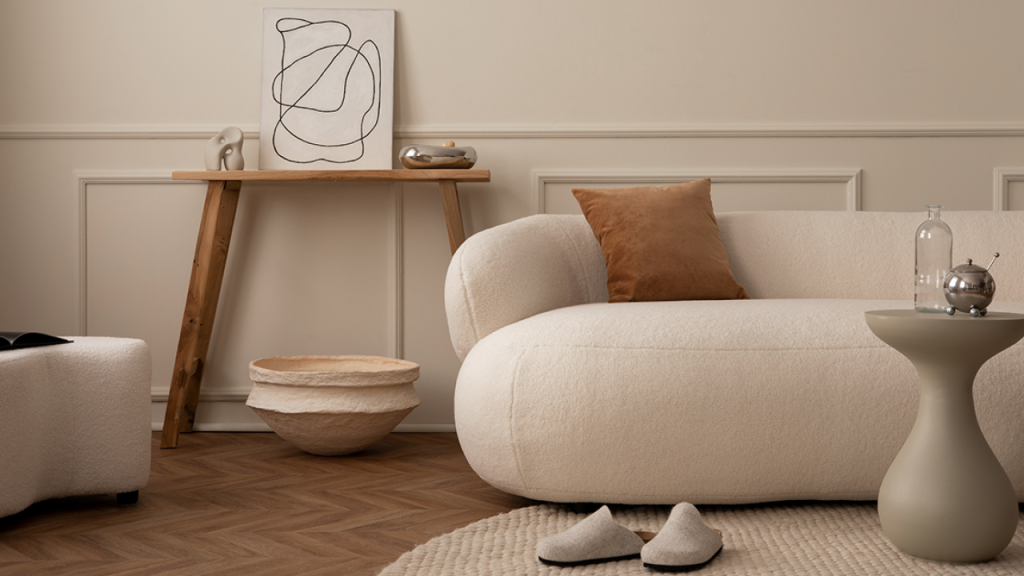
The minimalist aesthetic can extend beyond the living room and bedroom to include the kitchen, bathroom, and even outdoor spaces. In the kitchen, opt for hidden storage solutions and integrated appliances to maintain clean countertops. In the bathroom, use minimal decor and streamlined fixtures to create a spa-like retreat.
A Journey to Simplicity
Embracing minimalism in home decor is a journey towards simplicity, functionality, and tranquility.
By carefully selecting colors, furniture, and modern amenities, you can create a space that not only reflects the minimalist aesthetic but also caters to your comfort and lifestyle needs. Remember, minimalism isn’t about creating a showcase home but about crafting a space that brings peace, comfort, and joy to your daily life.

